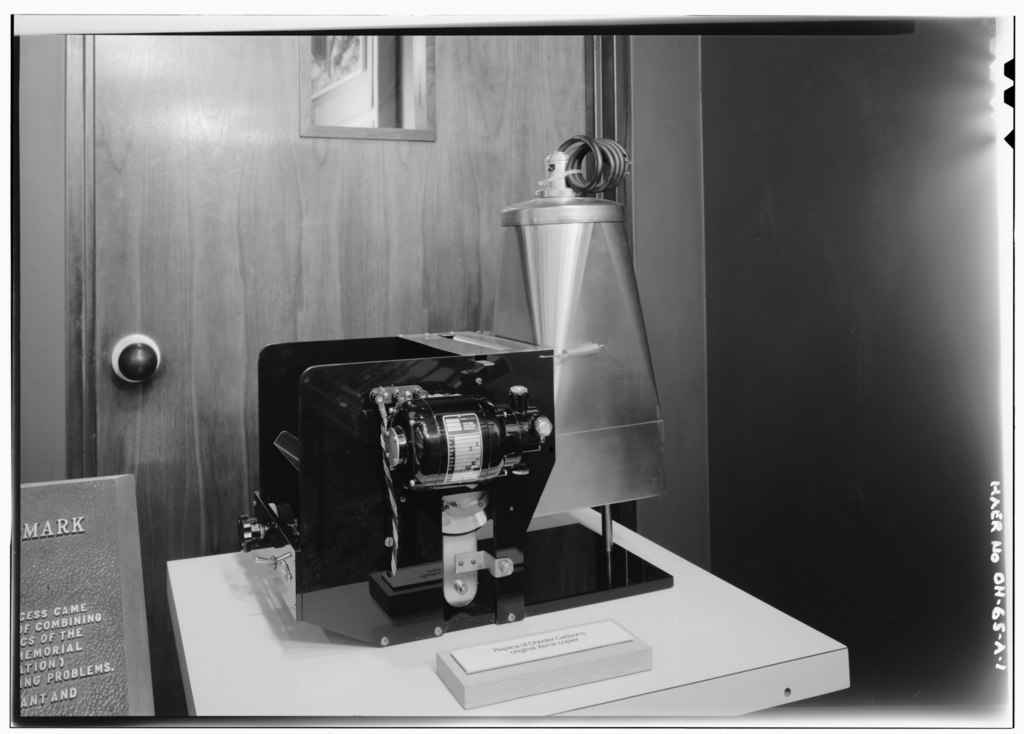This Day in History
January 1, This Day in History – May 3rd

On May 3rd, 1938, American physicist and inventor Chester Carlson filed a patent for his revolutionary invention, the photocopier, forever changing the way information was reproduced and shared in offices around the world. Today, we take a moment to remember and appreciate the impact of this groundbreaking innovation.
Chester Carlson was born on February 8, 1906, in Seattle, Washington. As a young patent attorney working in New York City, Carlson was frustrated by the time-consuming and laborious process of manually copying documents. This frustration, coupled with his background in physics and chemistry, inspired him to seek a more efficient solution to duplicating documents. After years of experimentation and research, Carlson finally developed a method that he called “electrophotography.”
On October 22, 1938, in a makeshift laboratory in Astoria, Queens, Carlson conducted the first successful electrophotographic experiment. He placed a zinc plate coated with sulfur onto a slide and then covered it with a sheet of wax paper. A glass slide with text was placed on top, and the entire assembly was exposed to a bright light. After applying an electric charge to the zinc plate, the text from the glass slide was transferred onto the wax paper.
Despite the success of the initial experiment, it would take nearly two decades before the photocopier became a commercial success. In 1959, the Xerox Corporation introduced the Xerox 914, the first automatic, plain-paper copier. The machine was a huge hit and revolutionized the way offices functioned. Today, photocopiers are indispensable tools in workplaces, schools, and libraries around the world, and they have made the dissemination of information faster and more efficient than ever before.
On this day, we celebrate the brilliance and perseverance of Chester Carlson, the inventor of the photocopier. His determination to solve a common problem has transformed the way we work and share information, leaving a lasting impact on modern society.

-

 Entertainment3 months ago
Entertainment3 months ago‘He’s A Pr*ck And F*cking Hates Republicans’: Megyn Kelly Goes Off on Don Lemon
-

 Entertainment8 months ago
Entertainment8 months agoWhoopi Goldberg’s “Wildly Inappropriate” Commentary Forces “The View” into Unscheduled Commercial Break
-

 Entertainment8 months ago
Entertainment8 months agoLate Night Host is Getting Canceled After Staffers Speak Out
-

 Entertainment3 months ago
Entertainment3 months agoBeach Boys Founder Brian Wilson Announces Tragic News
-

 Featured8 months ago
Featured8 months agoUS Advises Citizens to Leave This Country ASAP
-

 Entertainment2 months ago
Entertainment2 months agoComedy Mourns Legend Richard Lewis: A Heartfelt Farewell
-

 Featured7 months ago
Featured7 months agoBenghazi Hero: Hillary Clinton is “One of the Most Disgusting Humans on Earth”
-

 Latest News2 months ago
Latest News2 months agoSupreme Court Gift: Trump’s Trial Delayed, Election Interference Allegations Linger